President Donald Trump has once again found himself at war with reality.
For months, the President has hailed the anti-malarial drug hydroxychloroquine as a potential cure for the virus that's killed nearly 100 thousand Americans. The President cited anecdotal evidence and unspecified studies.
On Monday, he upped the ante and said that he himself was taking hydroxychloroquine, despite not having been diagnosed with the virus. The development sparked concerns about how the President would react to the side effects of the drug—which include hallucinations and increased risk of heart failure.
Trump's own Federal Drug Administration (FDA) recommends the drug only be taken in a hospital setting.
The President attempted to defend his endorsement of the drug by falsely claiming that only one survey indicated concerns about its effectiveness—and that the unspecified survey was out to get him.
Watch below.
"It was a Trump enemy statement" -- Trump dismisses doctors who have warned about possible bad consequences of hydroxychloroquine and insists he knows better pic.twitter.com/CiyTtOBJlu
— Aaron Rupar (@atrupar) May 19, 2020
Trump said:
"If you look at the one survey—the only bad survey—they were giving it to people that were in very bad shape. They were very old, almost dead, it was a Trump enemy statement."
By characterizing the multiple studies as "Trump enemy statements," it was clear the President won't be convinced that he's wrong.
Trump's insistent denial of facts didn't stop people from correcting his bogus claims.
Apparently deaths don't count if the patients are elderly or "almost dead."
For a deeper look into Trump's bulwark against sense, check out A Very Stable Genius, available here.

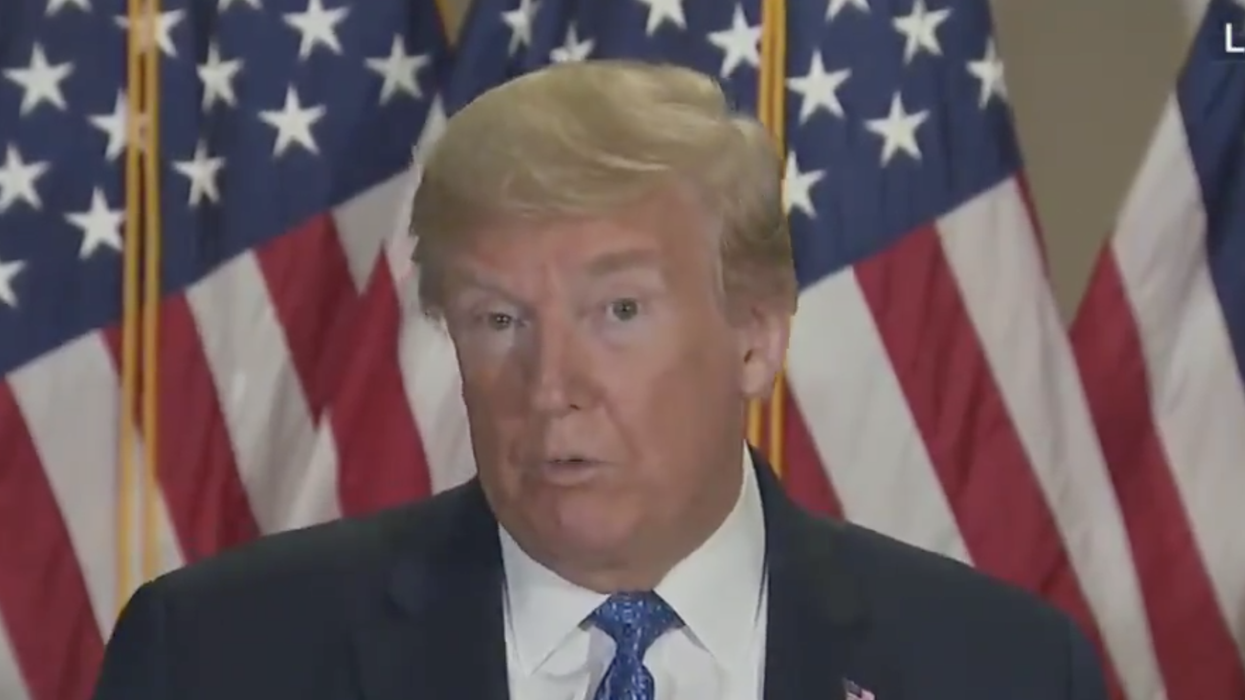


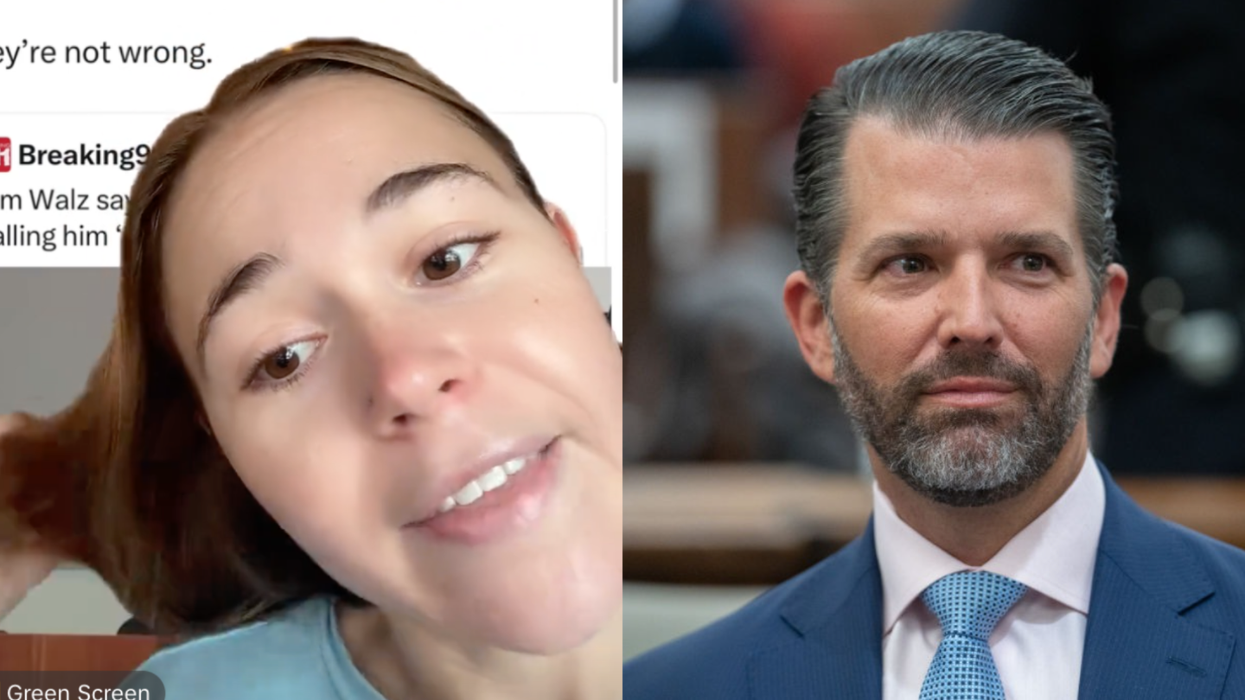



 Ash Stanton/Facebook
Ash Stanton/Facebook Laura Sprinkle/Facebook
Laura Sprinkle/Facebook Akira Karasu/Facebook
Akira Karasu/Facebook Cevanna Gilbert/Facebook
Cevanna Gilbert/Facebook Troy Adam/Facebook
Troy Adam/Facebook
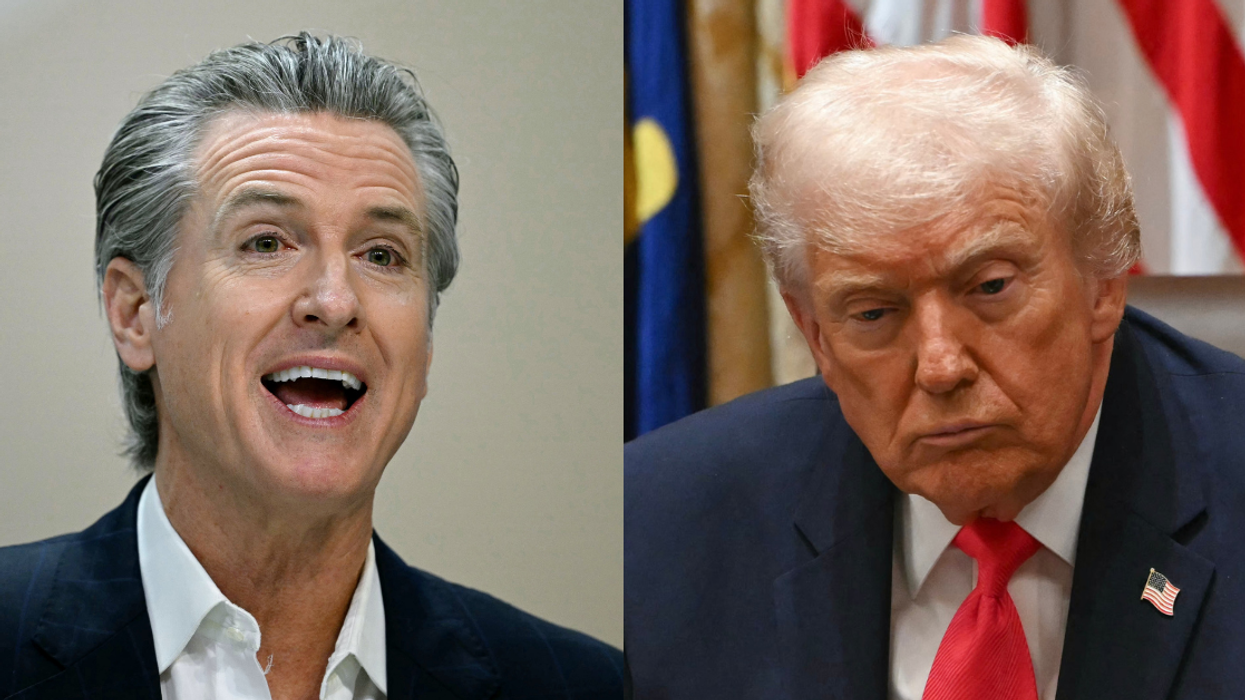

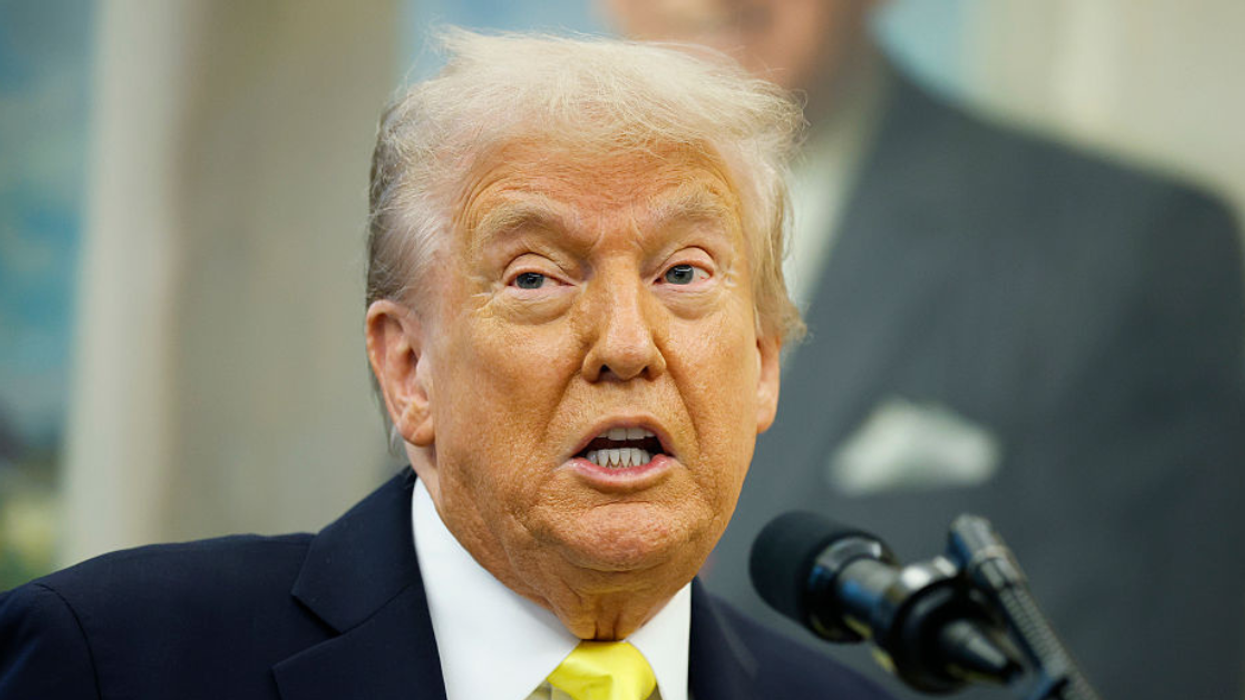
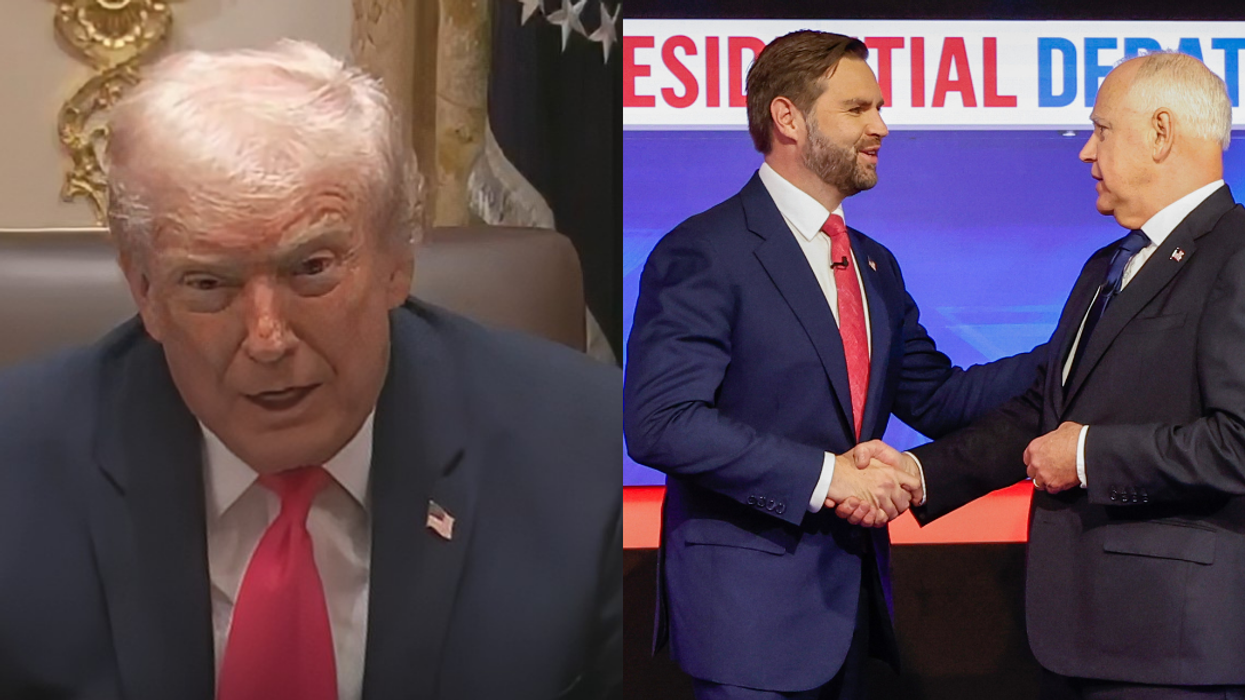

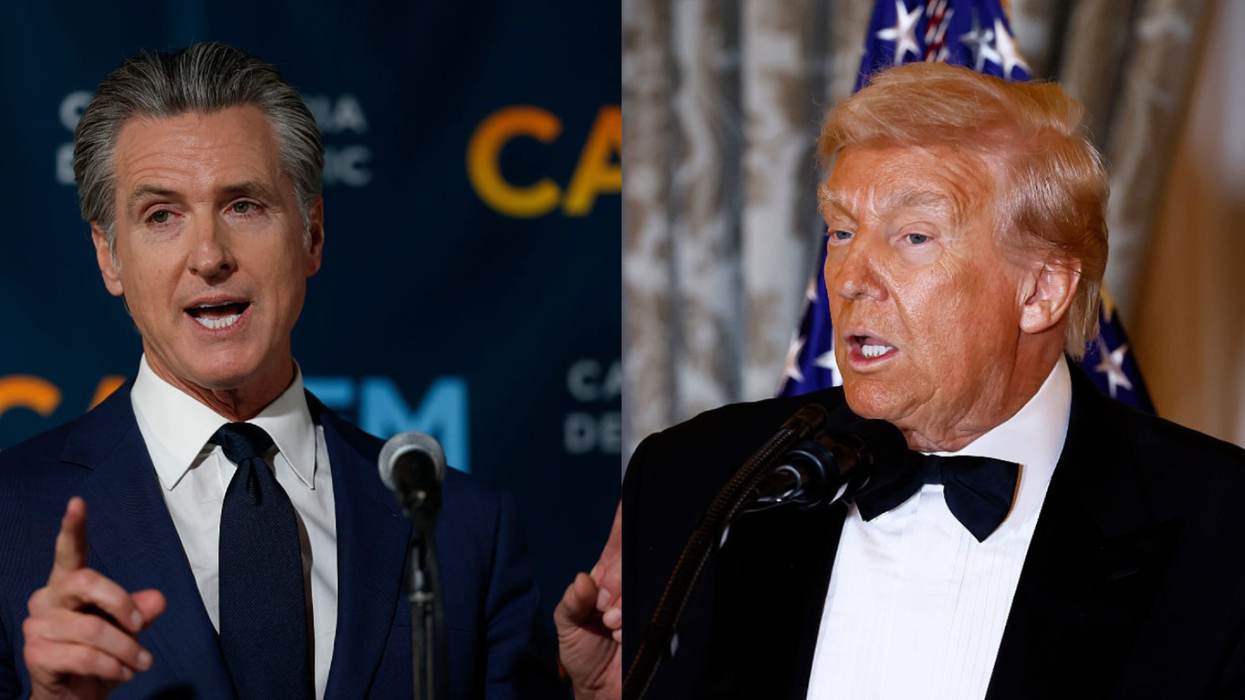
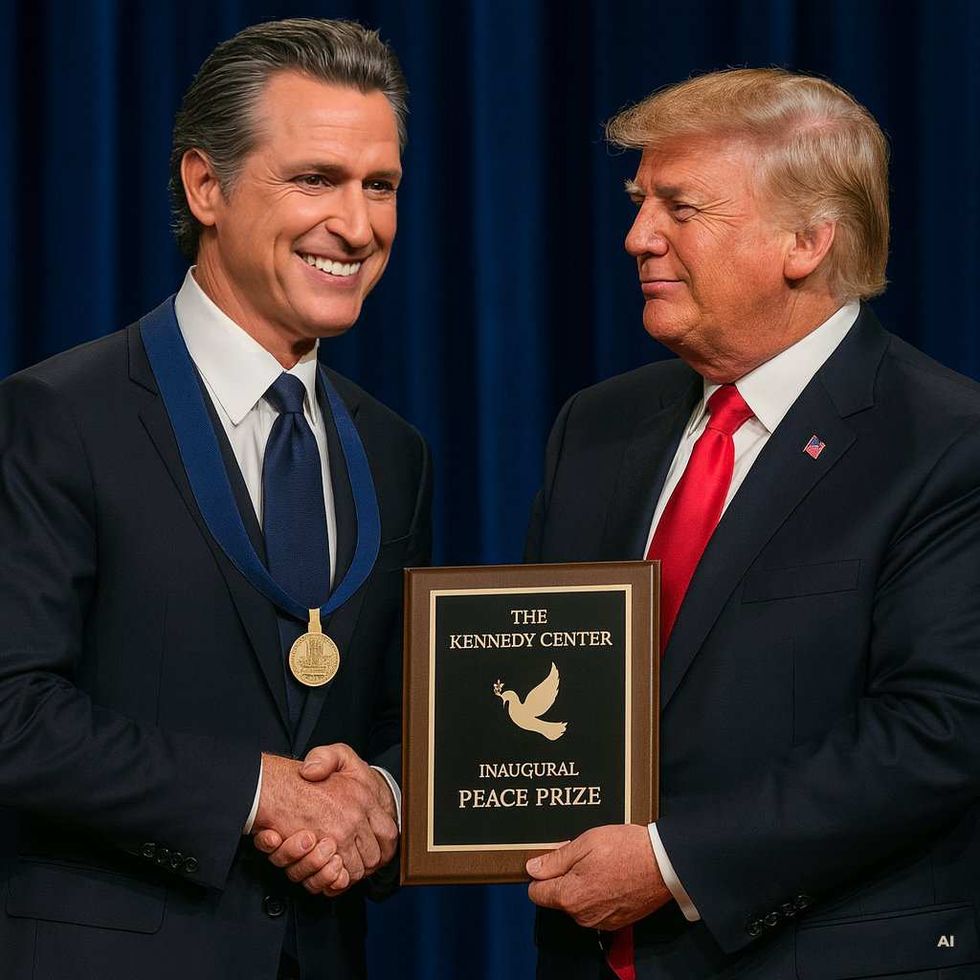 @GovPressOffice/X
@GovPressOffice/X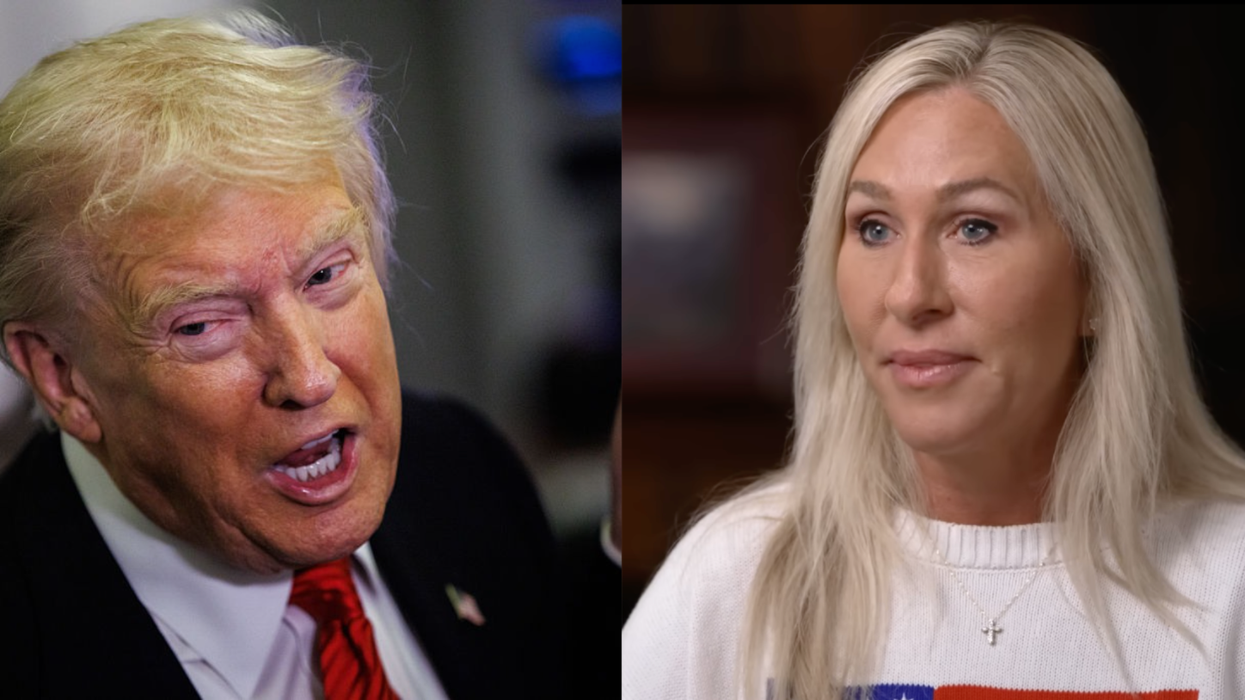
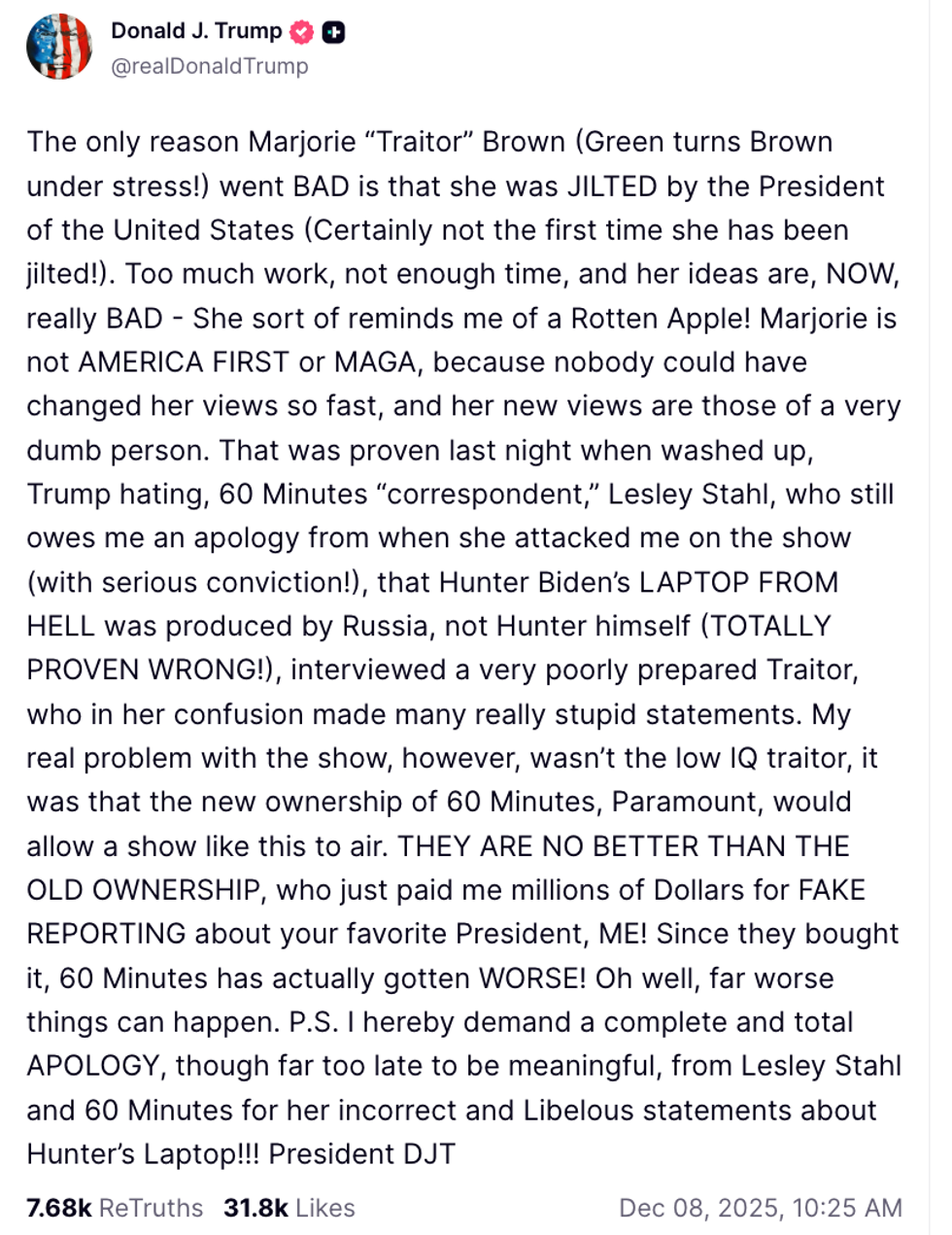 @realDonaldTrump/Truth Social
@realDonaldTrump/Truth Social